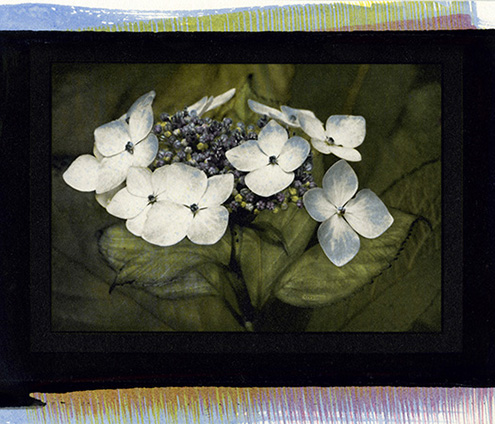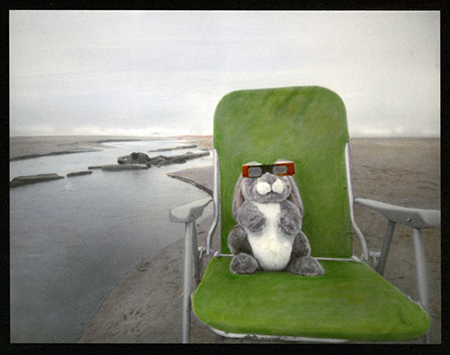9. Handmade Silver Gelatin Emulsions—Creative Potential |


Handmade silver gelatin materials can be used for almost any process that commercial materials were/are used for. There are a few limitations to handmade commercial equivalents (at least, at this time). These include multigrade papers, high speed film, and direct positive materials. Some of the inherent limitations are because of specialty chemical availability. Others are related to a requirement for sophisticated automation. Far too many are because their inventors took the "secret sauce" to their graves. Countless formulas and techniques have been lost to industrial secrecy and mindless destruction of records and specialty machinery. Witness the challenges and many failures resurrecting discontinued products. The Impossible Project is only a partial success. That said, I personally think their new materials are lovely. With the absolute technical perfection available to anyone with any digital imaging device, artistic perfection takes on a whole new meaning. Handmade materials, by practical necessity, come mostly from the older, pre-WWII recipes. Before then, commercial products were not specifically and intentionally designed to be mistake-proof. Professionals and advanced amateurs expected that they had creative control over a negative and print. A pinch of an extra chemical in a developer recipe could actually make a difference. Pushing and pulling exposure and development really worked. As photographic technology advanced, so did the expectation that it aught to be almost impossible to ruin a photograph. That kind of guarantee came at a cost. The materials became very hard to influence. What you can't ruin, neither can you change much. Here's our advantage: many materials that we can make are no longer being made commercially. Bromide paper without a hard supercoat is one example. Bromide paper is used with a number of processes, including bromoil, carbro, and lith printing. Yes, an unhardened surface is more vulnerable to damage while it's wet, but also that means it's accessible to process. The glossy surface that most current commercial papers have presents a challenge to many processes. Handmade emulsion can be coated on almost any texture of watercolor paper. Even HP (hot press/smooth) paper has enough tooth for the processes that involve applying something to the surface of the paper. Handcoloring with pencils is a prime example. Another is gum bichromate. Gum layers don't adhere to glossy commercial paper. They stick like superglue to handmade paper. The print of blue wave hydrangeas at the top of this page is a silvergum print, made with digital color separation negatives that started in a 10 MP camera. I haven't by any stretch of the imagination tried all the possible toners on handmade paper, but those I've used, primarily selenium and gold, have worked perfectly. Handmade ClBr can be very easily processed for a warm tone—another creative path made more difficult with modern papers. Handmade panchromatic film opens up several avenues. You can read more by following the links under "Panchromatic Film" and "Tri-color Assemblage." The links are on the home page under "Work in Progress," at the bottom of the left-hand column. |

Oregon Eclipse 2017 Pinhole camera => handmade film => enlarged digital negative => handmade silver gelatin paper => handcoloring with photo dyes => electronic image. A final word about workflow: "Handmade" is not all or nothing. The great joy of photography right now is all the tools and creative options. Let's face it. Going about our daily lives, we are far more likely to take a picture with a digital camera or our phone. How many wonderful images would we miss otherwise? And be they from scanned film or a digital file, digital/inkjet negatives are a real boon. The only limit to creativity is our imaginations. Handmade silver gelatin is in its infancy. The possibilities are wide open for creative artists (or those of us who just want to have fun!). |

|
| < Developing-Out Papers > |